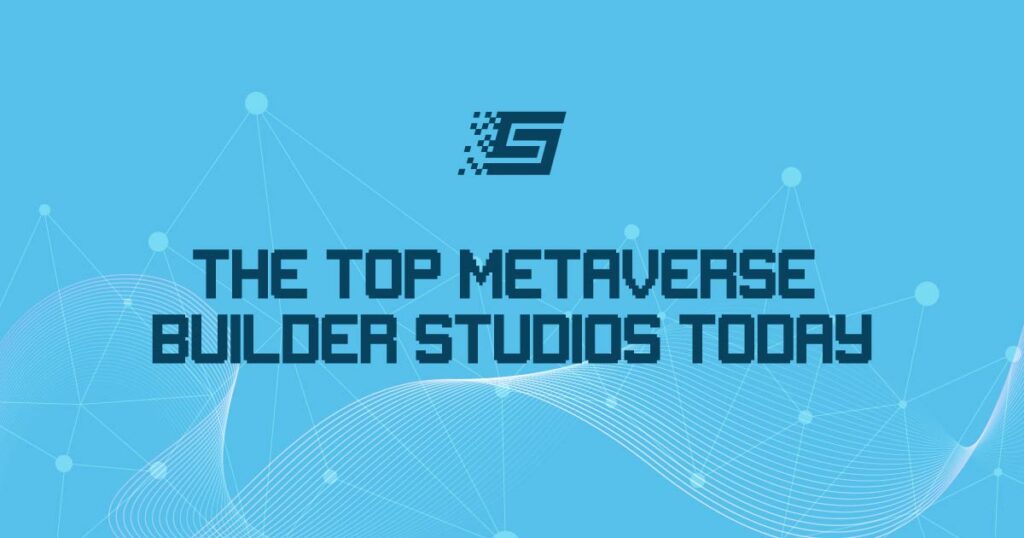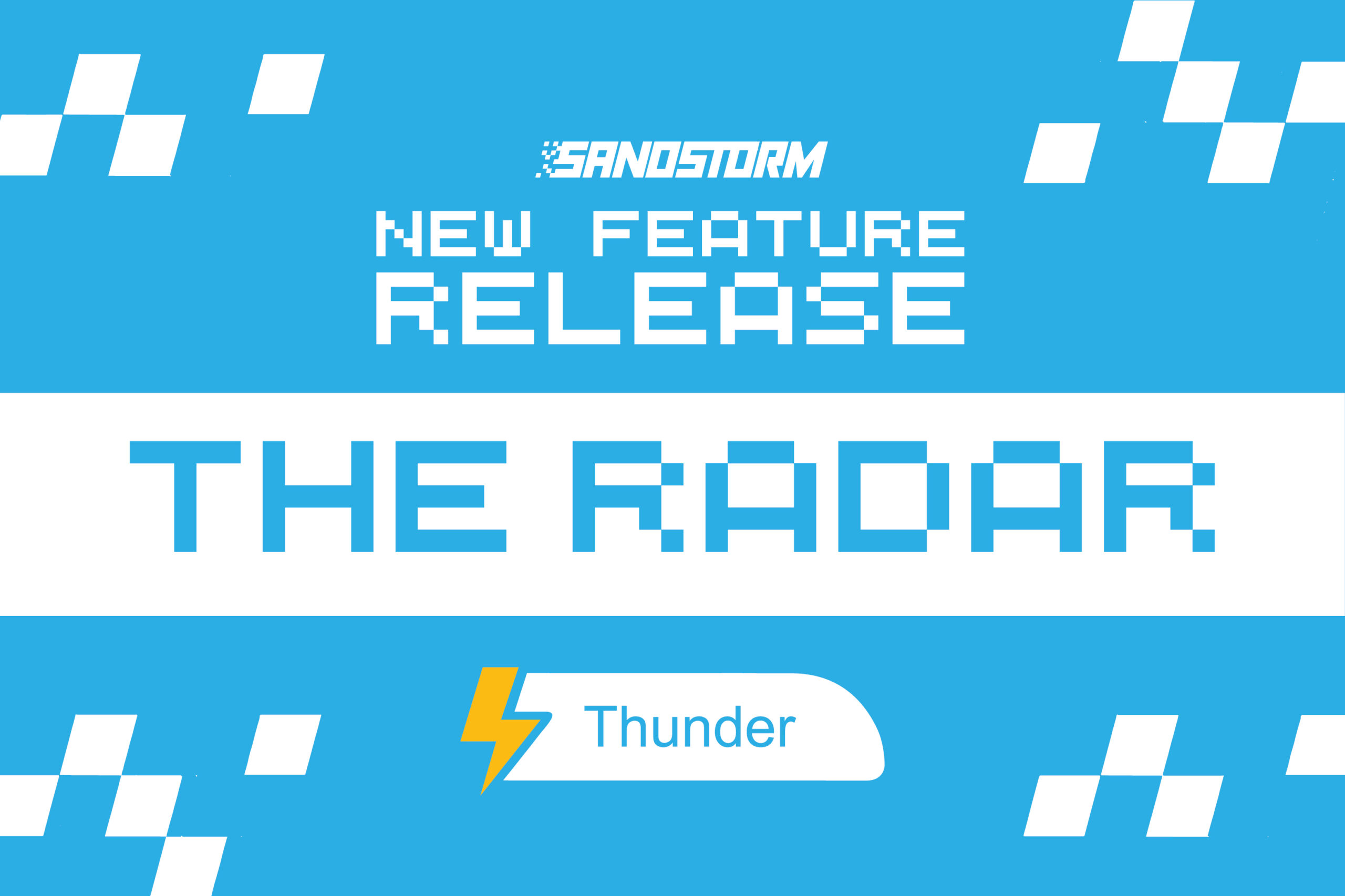The Key Players In The Metaverse
The Current Climate
With Facebook’s dramatic rebranding to ‘Meta’, interest in virtual worlds has boomed. The metaverse has become a trending topic lately amongst social media and news outlets, and investors are jumping into this newest craze. This is no longer a thing of science fiction. The metaverse, spearheaded by online gaming, has emerged as an implementable reality. With blockchain at its core, big tech’s push for virtual reality has launched us into a new era for the world wide web.
So, what’s all the hype about?
In the current technological age, our digital identities have become heavily integrated with our real identities. This allows a transition into an immersive, interactive, and widely accessible virtual environment, now more important than ever.
The technology used for the metaverse can be secured by the same underlying technology as cryptocurrencies – the blockchain. This is the very reason we have seen huge gains in the sector lately. Considering the security that blockchain technology offers, the rapid growth of virtual assets, and the fact that our digital interactions are becoming more prominent in the post-COVID world makes the metaverse an inevitable step forward.
Why use blockchain technology?
It is important that the technology behind the metaverse is not only secured but also governed by its users. This is achieved through consensus mechanisms, allowing users to confirm transactions and avoid spending errors. It also greatly reduces the likelihood of cyber-threats or hacks, providing much-needed protection for digital assets.
More importantly, this technology, coupled with the governance of its users, means that participants will vote on proposals for protocol improvements and updates for the benefit of one another. This decentralized setup gives the interest of users and the ecosystem priority rather than the interest of a centralized authority whose main incentive is usually profit. This point on governance is crucial as it provides confidence in the longevity of the metaverse, which, in turn, will increase its overall value and utility.
Blockchain technology also allows for the tokenization of virtual assets and for ownership of such items to be viewed publicly and verified on an immutable distributed ledger. It ensures that transactions of assets are absolute and irreversible. It is also the home for NFTs (non-fungible tokens), whose properties have spawned the possibility of the metaverse through the verifiability of digital items, among other things.
Major Players In The Metaverse
The Sandbox
Currently, the most prominent players in the metaverse include platforms such as The Sandbox (SAND). Their native token SAND has seen enormous gains recently. The Sandbox operates as a community-driven platform. Creators can monetize voxel (a 3D pixel whose name derives from ‘volume’ and ‘pixel’) assets as well as gaming experiences on the blockchain. The SAND utility token provides players the means of purchasing services, trading in-game, and governing the chain.
This virtual universe is built on the Ethereum mainnet. It consists of over 160,000 ‘land’ blocks, which act as digital real estate. Users can populate these areas with assets and/or develop their own games on them. Multiple lands combine to form estates. Within the Sandbox multiverse, you are able to visit these estates and play different games as well as develop, trade, and operate the virtual world governed by its users. The attraction of the P2E (play-to-earn) model that The Sandbox employs has garnered the attention of many users.
Decentraland
Decentraland is another decentralized platform that allows any company to provide its audience with a metaverse experience. Tools and applications under development on the platform assist users in creating games, 3D content, and apps.
Decentraland bears many similarities to The Sandbox. One main similarity is that plots of land can be bought using their native token MANA. It also runs on the Ethereum chain. However, unlike The Sandbox, the 3D virtual reality platform allows users to walk around using avatars and interact with the different programs or items that other users have built.
Decentraland users can meet and interact as they would in the real world by going to concerts, meetings, or events, for example. The platform has an average of 2,000 concurrent participants at any given time, though (as with The Sandbox), a large number of current users only trade virtual assets related to the metaverse instead of interacting with the other features.
NVIDIA
NVIDIA is one of the most well-known names in the gaming industry, and it comes as no surprise that they are tackling the metaverse market. The company is heading a tool called Omniverse, designed for creating interoperable metaverse-ready materials for assisting artists and content creators with creating virtual environments, goods, and also customized avatars. It has made numerous collaborations, helping to bring the metaverse to life.
Epic Games
Epic Games announced a $1 million investment into metaverse development in 2021. It is paving the way for game creators to explore a wide range of Web3 possibilities. It has put money into Spire Animation Studios following a large wave of growth and innovation of its own. This investment aims at enabling the movement of interoperable narrative assets such as characters, objects, and even entire worlds within the metaverse.
Microsoft
Microsoft is developing various metaverse-integrated applications with its Mesh platform. The company is collaborating with Qualcomm, building a new augmented reality chipset to help provide the software and hardware fit for metaverse integration. It is taking a steady, incremental approach toward web3 – the perceived future of the internet – setting out to integrate its technologies into practical tools used in business today.
Unity
One of the most well-known, widely used, and admired platforms in the gaming industry, Unity helps bridge the technology gap between developers’ imaginations and the players of their games. It provides a comprehensive tool kit of metaverse software solutions to help users create, run, and monetize interactive, real-time 2D and 3D content for smartphones, tablets, PCs, and consoles.
Roblox
Roblox Corporation aims to develop a creator economy metaverse by providing an open gaming platform where users can create their own digital and interactive environments. The platform is gaining popularity as a developing metaverse business model. It offers a variety of games, including virtual worlds, where players can communicate with each other freely and efficiently. This well-known metaverse company has organized events such as the Lil NasX Concert and has recently hosted Spotify on their Spotify Island.
Gala
One project climbing quickly up the ranks since Facebook’s announcement is Gala Games. Currently ranking third highest by market cap amongst metaverse projects, Gala Games, through its utility token GALA, offers the same P2E model that The Sandbox and Decentraland do, but it focuses on simpler, “fun first” gaming, attracting mostly gamers rather than investors.
Ultra
Many big players are emerging in this space with hopes of capturing as much of the pie as they can in these early days of the metaverse. Supporting these projects are platforms such as Ultra (UOS). This game publishing platform supports blockchain games like The Sandbox, Decentraland, and Gala, allowing the distribution and re-selling of games and assets on their secondary marketplace. With Ultra as the center of this ecosystem, it aims to be the ‘Steam’ equivalent for blockchain gaming.


